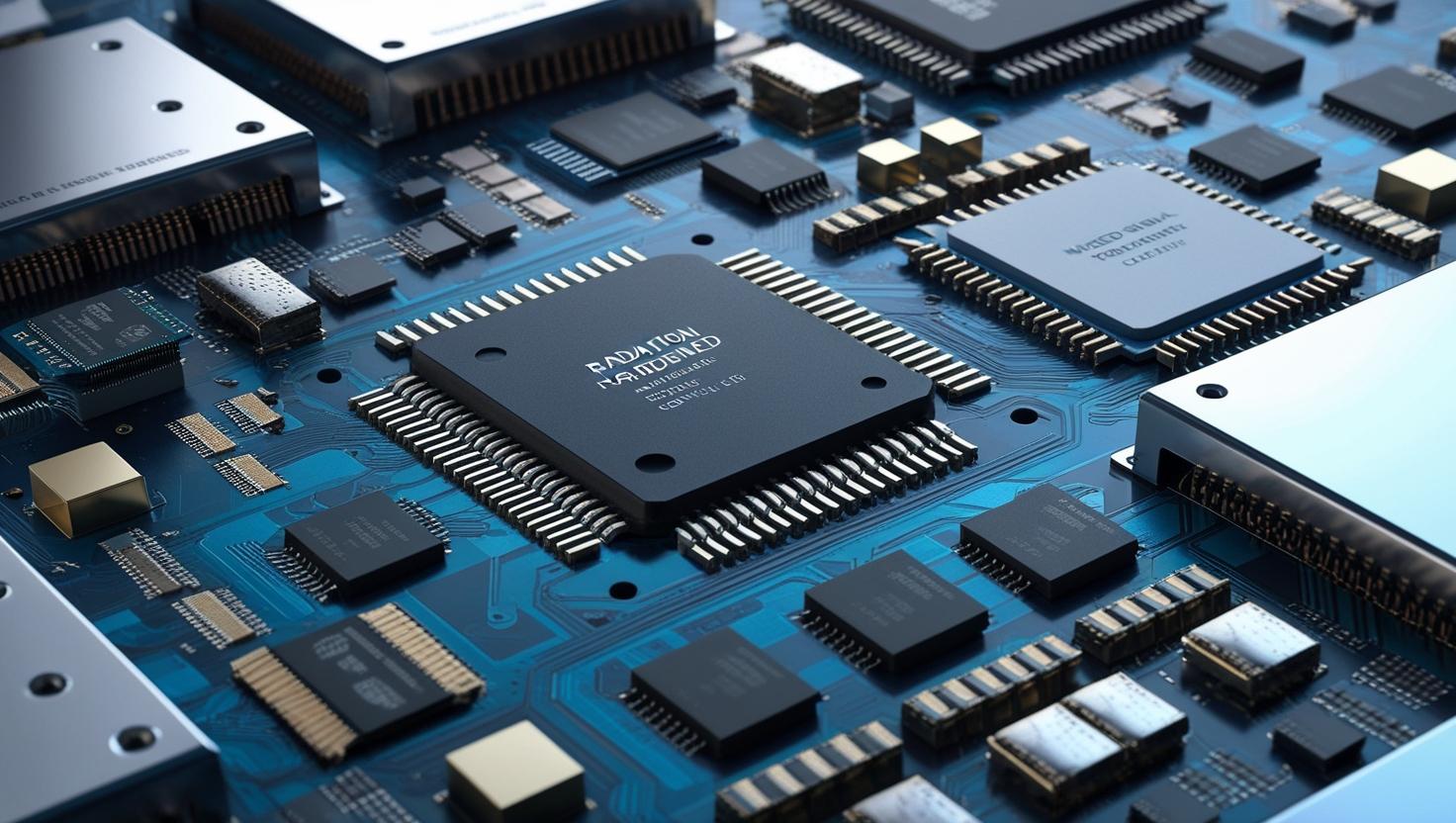The radiation-hardened electronics (RadHard) industry is experiencing a surge in global demand as technological advancements push boundaries in space exploration, defense, nuclear energy, and more. Designed to operate in environments with high levels of ionizing radiation, RadHard electronics are essential for maintaining the performance, reliability, and safety of critical systems.
As governments and private enterprises invest in space, advanced warfare systems, nuclear power, and high-reliability infrastructure, the market is poised for significant expansion. The value of the global Radiation Hardened Electronics Industry worth $2.1 billion by 2029, offering vast opportunities across multiple sectors.
Here are the top 10 most promising opportunities shaping the future of the radiation-hardened electronics industry:
1. Space Exploration and Satellite Communications
The rise of space commercialization—from satellite constellations to crewed lunar missions—has made the space industry the largest consumer of RadHard electronics. Satellites in Low Earth Orbit (LEO), Medium Earth Orbit (MEO), and Geostationary Orbit (GEO) are continuously exposed to cosmic rays and solar radiation, making RadHard components essential.
Opportunities lie in developing lightweight, energy-efficient radiation-hardened processors, memory, and FPGAs tailored for satellites, planetary rovers, and interplanetary probes. As private players like SpaceX, Blue Origin, and others join traditional space agencies, the demand for cost-effective and scalable RadHard solutions will continue to rise.
2. Defense and Military Modernization
Military applications—from missiles to unmanned systems—operate in unpredictable and high-radiation environments. Electromagnetic pulses (EMPs) from nuclear detonations or directed energy weapons can instantly disable conventional electronics.
The defense sector offers tremendous opportunity for innovation in RadHard AI processors, secure communication modules, and autonomous drone systems. Defense modernization programs around the world are increasing demand for hardened electronics in fighter jets, naval systems, satellites, and battlefield robotics.
3. Nuclear Power and Energy Sector
Inside nuclear reactors and facilities, electronics are exposed to intense radiation levels over long periods. Control systems, sensor arrays, robotic inspection tools, and actuators must remain operational to ensure safety and continuous power generation.
With global interest in next-generation nuclear power, including small modular reactors (SMRs) and fusion energy projects, the need for robust RadHard systems in control rooms, monitoring systems, and autonomous repair robots is accelerating.
Download PDF Brochure @ https://www.marketsandmarkets.com/pdfdownloadNew.asp?id=44047967

4. Medical Imaging and Radiation Therapy
Medical devices like MRI machines, PET scanners, and radiation therapy equipment expose nearby electronics to ionizing radiation. Precision, reliability, and uptime are critical in clinical environments.
Opportunities exist in developing radiation-resistant embedded systems, sensors, and microcontrollers for imaging devices and linear accelerators (LINACs). The expansion of personalized medicine and cancer treatment is further driving innovation in compact and wearable RadHard systems for diagnostics and therapy delivery.
5. High-Altitude Aviation and Avionics
At altitudes above 35,000 feet, commercial and military aircraft are more susceptible to radiation from cosmic rays. As aircraft systems grow more digital and autonomous, they rely heavily on electronics for communication, navigation, and safety.
The aviation industry presents opportunities for lightweight, low-power radiation-hardened avionics that can handle both normal operation and worst-case scenarios. The growth of long-endurance drones and high-altitude pseudo-satellites (HAPS) adds another layer of demand for RadHard capabilities.
6. Edge Computing and Remote Autonomous Systems
As edge computing moves to remote or hazardous environments—such as offshore oil rigs, disaster zones, and outer space—there is a need for reliable hardware that can withstand extreme radiation and temperature fluctuations.
Emerging opportunities involve RadHard AI accelerators and edge processors capable of supporting real-time analytics, autonomy, and machine learning in critical infrastructure, industrial robotics, and unmanned systems operating far from traditional data centers.
7. Quantum Computing and High-Energy Physics Labs
High-energy environments found in particle accelerators and quantum computing labs expose electronics to radiation during experiments. Institutions like CERN and Fermilab require robust instrumentation, radiation-hardened ASICs, and read-out systems that operate under intense energy emissions.
As quantum research scales up and explores new architectures, the development of radiation-tolerant control systems, photon detectors, and quantum chip packaging will open new paths for growth.
8. Autonomous Vehicles and Secure GNSS Systems
With autonomous vehicles increasingly reliant on global navigation satellite systems (GNSS), they are vulnerable to space weather, including solar storms and geomagnetic events that can disrupt communications and electronics.
There’s a growing opportunity for automotive-grade RadHard chips that ensure continuity in GNSS, radar, lidar, and V2X communications—especially in military, emergency response, and extreme-climate transport scenarios.
9. Industrial and Critical Infrastructure Cybersecurity
Critical infrastructure systems—like power grids, water treatment plants, and transportation networks—are high-value targets for physical and cyber threats, including potential EMP attacks.
Integrating RadHard chips in SCADA systems, remote sensors, and control hardware can add a physical layer of resilience against both natural and manmade disruptions. The expansion of zero-trust architecture and hardware-level security also aligns with this growing market segment.
10. Global Demand for Resilient Electronics in Emerging Economies
Emerging nations investing in nuclear energy, defense modernization, and space programs present new, underexplored markets. Countries like India, Brazil, UAE, and South Korea are rapidly advancing in these sectors, creating localized demand for cost-effective and adaptable radiation-hardened solutions.
Partnerships between global suppliers and regional integrators can tap into government-backed initiatives for self-reliance in space, energy, and defense electronics.
The radiation-hardened electronics industry stands at a pivotal moment. Driven by rising geopolitical tensions, private-sector innovation, and global technological advancements, the need for resilient electronics is stronger than ever. Whether it’s safeguarding astronauts in orbit, enabling autonomous military drones, or protecting medical devices from radiation damage, RadHard technologies are becoming essential to modern infrastructure.
